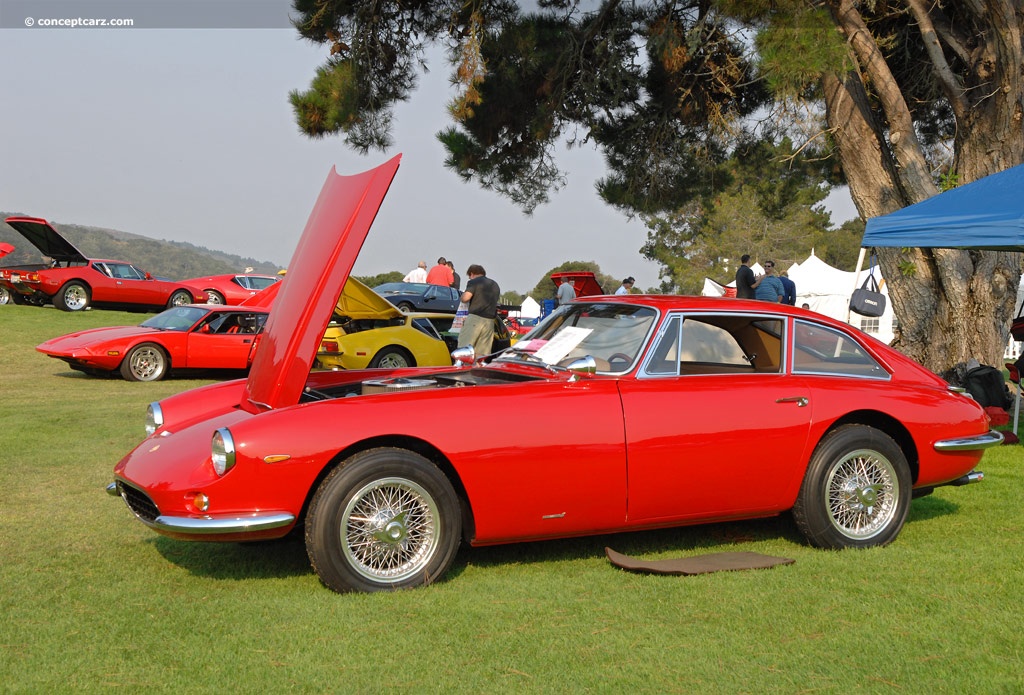1967 Apollo GT Navigation
- 1967 Apollo GT Menu
- Article
- Image gallery
- Specifications
- Profiles
Apollo
Similar Vehicles
Similarly Sized Vehicles
from 1967
Similarly Priced Vehicles
1967 Apollo GT Vehicle Profiles
Recent Vehicle Additions
Performance and Specification Comparison
Price Comparison
GT Specification Comparison by Year
Year
Production
Wheelbase
Engine
Prices
Related Automotive News

Conceptcarz Magazine 2024 Issue #5 : Elegant Brute
In the realm of motorsports and high-speed motoring, the principle of form adhering to function is paramount. Extracting every ounce of performance is essential, and on those exceptional occasions, a design that is both graceful and elegant emerges....

LAMBORGHINI 350 GT CELEBRATES ITS POLOSTORICO RESTORATION BY MAKING DEBUT ON TRACK
SantAgata Bolognese, 13 October 2016 – A Lamborghini 350 GT, which has just finished a one-year full restoration by Lamborghini PoloStorico, took its first drive on a race track during the official hand over to its owner. The 350 GT chassis...

Russo and Steele Collector Car Auctions Kicks off 2014 in a Big Way with Outstanding Results and New World Records at Scottsdale
Phoenix, Arizona (January 22, 2014) – At Russo and Steele Collector Car Auctions, we are thrilled to announce the achievement of outstanding results and world-record sales at our January 15-19 Scottsdale, Arizona Sports and Muscle auction event....

LAMBORGHINI'S 50TH ANNIVERSARY: '100 YEARS OF INNOVATION IN HALF THE TIME'
In 2013, the 50th year since it was founded, Automobili Lamborghini is participating in the annual Techno Classica fair at Essen, where Lamborghini will be showing two of its supercars that have made automotive history, at pavilion 7.
Introduced in...

Concorso d'Eleganza Villa D'Este 2013: Classic Weekend On Lake Como
On the weekend of 24 – 26 May 2013, the spectacular grounds of the Grand Hotel Villa dEste and Villa Erba in Cernobbio on Lake Como will once again be transformed into a unique stage for the most beautiful automobiles and motorcycles from the past and...




























